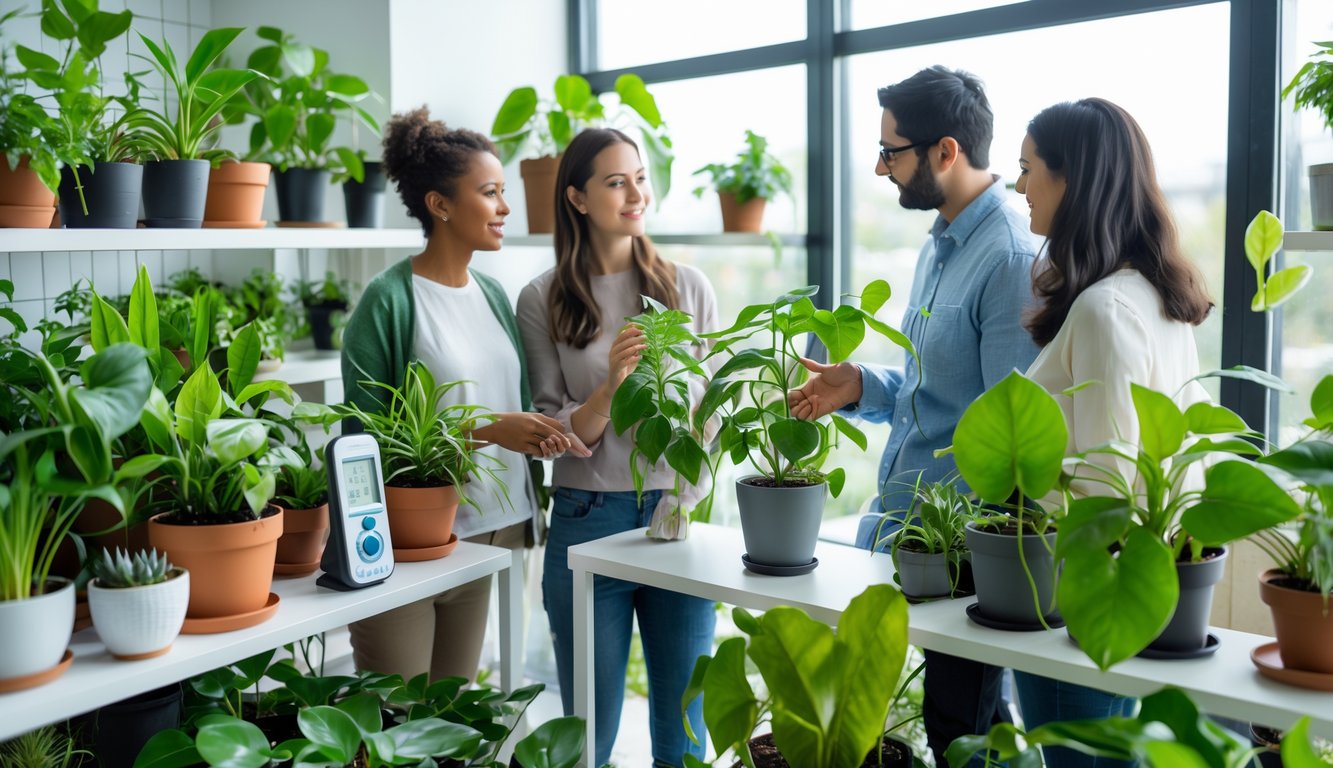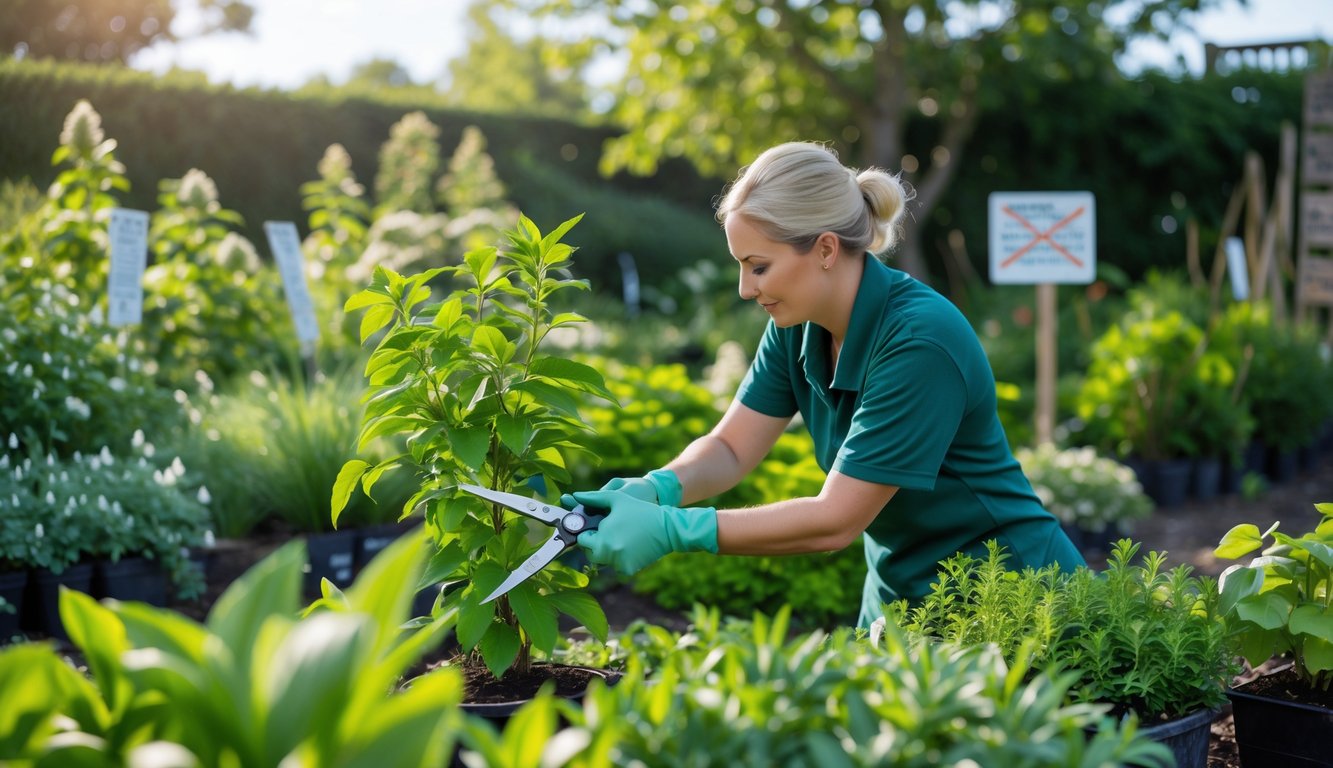
Soil, Fertilizer, and Additive Myths
Why is plant advice mostly chaos? Misinformation sticks around forever. Soil boosters, magic additives, “premium” mixes—everyone acts like they’ve discovered the secret. Reality check: most of it keeps plants miserable.
Belief in Coffee Grounds as a Universal Fertilizer
Coffee grounds—everyone dumps them in their pots like it’s a miracle cure. My neighbor swears by it. Actual botanists? Not so much. Coffee grounds are acidic, sometimes way too acidic. Okay for blueberries or cranberries, but tomatoes? Seedlings? You’re just asking for trouble.
I saw a local extension test—coffee grounds as mulch suffocate roots and block oxygen. University of Oregon’s study? Using grounds straight up ties up soil nitrogen for months. Compost first, or don’t bother. People love the “moisture retention” angle, but honestly, dry coffee grounds repel water and wet ones invite mold. That one time someone tried growing orchids in pure grounds—fungus nightmare. If you’re still convinced they’re a universal additive, maybe just don’t.
Thinking Store-Bought Soils Are Always Best
Store shelves are lined with “premium” mixes in neon bags, and apparently, price equals results. Nope. I’ve opened $30 “cactus soil” that’s basically sawdust. Botanists I know read the fine print—mostly peat moss and perlite, sometimes mystery fillers. High moisture retention? That’s not always good. RHS flagged one mix for high salts—killed my peperomia in two weeks. Fungus gnats love these soggy bagged soils.
People think “sterile” means “good,” but plants need microbes, not just nutrients. I’ve mixed in backyard compost with cheap soil and watched my plants explode with growth. It’s not about the bag, it’s about what’s inside. And if you think peat-heavy blends are the answer, enjoy picking perlite out of your socks for weeks.
Confusion Around Light and Humidity Requirements

Everyone loves plants, right? Yet somehow my friends still shove succulents in dark corners and blame “bad energy” when their spider plant crisps up. Nobody seems to know the basics, which is wild considering how many grow lights Amazon ships every week.
Misperceptions of Indoor Light Needs
Blasting a monstera with fifteen hours of light? Or worse, trapping a pothos behind blackout curtains. People think “indoors = low light” and snake plants want to live in caves. NASA’s Clean Air Study? Yeah, it’s real, but it doesn’t mean all plants like being ignored in your bathroom.
Humidity debates are endless, but nobody checks their lumens. Botanists say intensity and duration matter most—heard it at a gardening symposium, and it stuck. South windows fry succulents, ferns want soft east light. People trust apps, kill plants, buy more. It’s a cycle. Misting? Useless for humidity, just look it up. Look at what your specific plant needs—orchids and cacti aren’t the same. Light meters exist, use one.
Assuming All Plants Thrive in the Same Humidity
Aloe in a humidity tent—why? Someone at the garden center claimed “all indoor plants want 60% humidity” while buying peace lilies and succulents. Succulents hate that. They rot, then you over-water and blame the moon. Botanists always say it varies—a lot. High humidity helps some, but for others it’s a fungal party. Check the numbers: pothos and spider plants handle dry air, ferns don’t.
I swear by cheap hygrometers, but nobody buys them. Most plant guides just parrot the same numbers from like, 1950. Humidity myths stick around because people want easy rules. Real plant parents? They laugh and just use science.
Pruning and Plant Growth Myths

Spring hits and everyone’s got an opinion. “Pruning makes plants explode with growth!” says one neighbor, right before hacking a rhododendron into oblivion. Other people panic and never touch their plants for years. There’s probably a sweet spot, but honestly, I wouldn’t bet my last pair of gloves on finding it.
Thinking Pruning Always Stimulates Growth
Who started the rumor that pruning is like giving your plant a shot of espresso? Every time I hear someone say “just prune, it’ll grow back stronger,” I want to throw a book at the wall—because, uh, actual botanists keep rolling their eyes. Randomly hacking away doesn’t guarantee some leafy explosion. Sometimes you end up with a sad, stubby mess, or those weird water shoots, or just a traumatized pothos sulking by the window. I mean, it’s not fertilizer. If you chop off the wrong stems, no amount of extra nitrogen’s gonna fix that.
And don’t get me started on “pruning paint.” Penn State Extension calls it snake oil—wounds heal better left alone, air-dried. Also, some plants (dogwoods, maples, whatever) leak sap like a horror movie if you cut at the wrong time, and then the energy flow just…stalls? For fruit trees, I swear I’ve seen yields tank after a bad prune. Timing and technique matter way more than people admit. I just end up googling whatever plant I’m worried about because, let’s be honest, the advice changes every year—like that pruning myths article. Feels like whack-a-mole with new research.